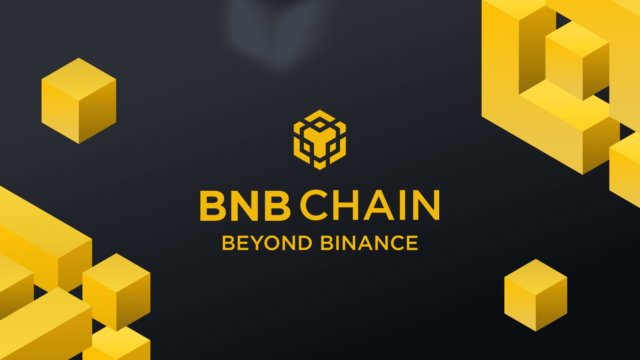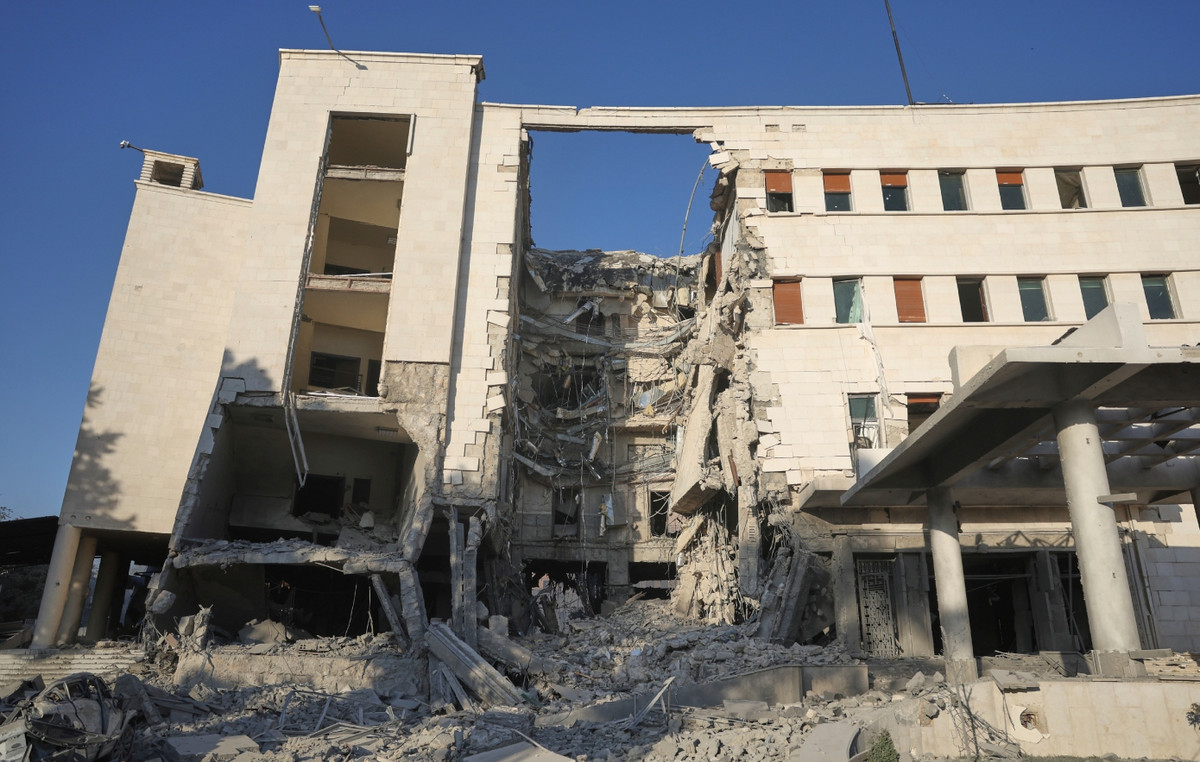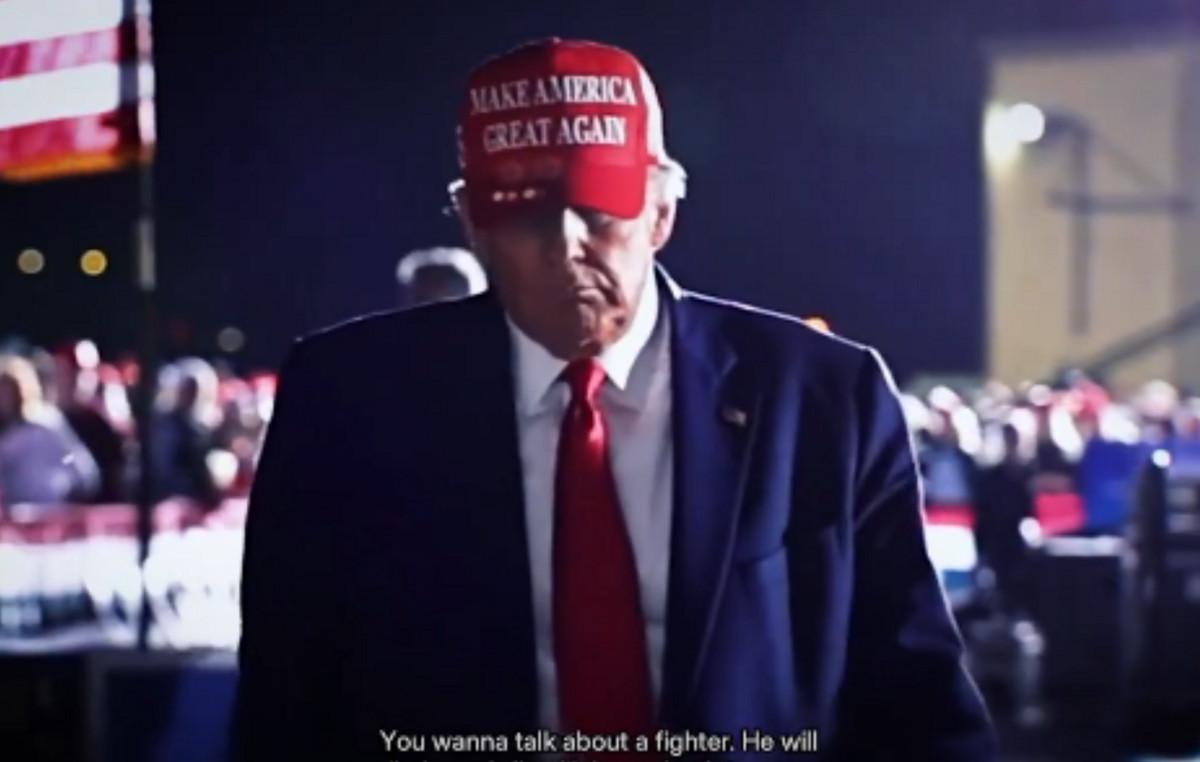Mirna El Helbawi, an Egyptian writer and activist, created an initiative that connects hundreds of people to the internet in the Gaza Strip even in the midst of telecommunications blackouts due to the war.
A Connecting Gaza uses eSIMs, which are virtual cell phone chips, to help Palestinians overcome blackouts during Israeli airstrikes.
El Helbawi, 31, together with a small group of volunteers and a legion of international donors, claims to have restored telephone and internet connections to more than 200,000 Palestinians in the Gaza Strip, and will continue the effort until the war ends. between Israel and Hamas ends.
She explains that the idea came to her while texting a terrified father whose wife and children were in Gaza.
The activist was in Cairo, Egypt, more than 320 kilometers away from the attacks, and told the man that what he wanted most at that moment, even if it was for the last time, was to at least “say goodbye”.
“The right to access to telephone and internet is a basic human right as important as food and water,” said El Helbawi.
“Without the ability to communicate, Palestinian civilians who are in the line of fire are unable to contact them or call for help; emergency professionals and doctors are unable to coordinate actions; and journalists cannot document atrocities on the ground, including possible war crimes,” he warned.
“After all this pain, they can’t even share their sadness with the world or scream for people to demand a ceasefire. They have to endure bombings and attacks in absolute silence,” El Helbawi added.
“It’s like being murdered while someone covers your mouth with their hand, so you can’t even scream for help,” he said.

Telecommunications blackout
El Helbawi, like millions of others, has anxiously watched the war unfold since October 7, when Hamas launched an attack on Israel, killing 1,200 people and taking more than 240 hostage.
Israel responded by imposing a siege and launching airstrikes against the Gaza Strip, destroying homes, schools and hospitals.
An estimated 15,200 Palestinians, 70% of whom are women and children, have been killed in the attacks so far, and 40,000 injured, according to the Palestinian Health Ministry, which is based on figures from sources in Gaza, which is controlled by Hamas.
Almost immediately with the war, telecommunications services were disrupted. Israel cut off electricity in the territory, and telecommunications service providers reported that the bombings destroyed vital network infrastructure.
Some Palestinians are still able to make phone calls and access the internet, but the connection is unstable.
For weeks, El Helbawi followed the news closely. Images and videos posted on social media of entire neighborhoods reduced to rubble, doctors struggling to treat patients without medicine and parents mourning the deaths of their children broke her heart, according to the activist.
Then, on October 27, as Israel prepared to expand ground operations, Gaza fell silent.
“We regret to announce a complete interruption of all communication and internet services with the Gaza Strip in light of the ongoing aggression,” Paltel, the main telecommunications company in the Palestinian territories, said in a statement. It was the first of several blackouts to hit Gaza.

Fearing that this could cover up war crimes, El Helbawi wanted to find a solution.
Early on, she joined others on X, formerly Twitter, calling on Elon Musk to make his satellite internet service, Starlink, available to Gaza, and was thrilled when Musk said he would do so.
But when negotiations over those plans stalled, El Helbawi decided to try something else.
At the suggestion of a social media follower, she bought an eSIM with roaming service and asked a friend to try to connect to a foreign network. To her surprise, it worked.
“I felt it in my entire body the moment we realized there was hope, even if it was a very small hope, that we would find a solution. It was the light at the end of a very dark tunnel,” she celebrated.
She then posted on X and Instagram asking followers who wanted to help restore phone and internet services to Palestinians to donate eSIMs by purchasing online and sending the QR Codes.
El Helbawi was confident he could find people in Gaza who still had internet to distribute the eSIMs throughout the territory.
Giving victims a voice
When El Helbawi began executing his plan, journalist Ahmed Elmadhoun was in Gaza, struggling to report on the war without phone or internet service.
As one of the few journalists on the ground, Elmadhoun felt compelled to keep the world informed about the latest news by sharing photos and videos on social media.
“It is a significant responsibility. People here are dying in silence, and no one can hear them. We are the voice of all these victims”, said Elmadhoun, 27 years old.

He also worried about his family, who were displaced throughout the territory, and could not make contact with them. More than 40 of his relatives were killed in airstrikes, Elmadhoun says.
“Gaza was incredibly isolated, with only fear present. We were alone, very alone. We were unable to contact our families or ask about them, and the airstrikes were incredibly intense,” she highlighted.
“Even ambulances and emergency teams were unable to determine the locations of the bombings or reach the injured,” he added.
Amid the fear, Elmadhoun managed to access the internet using an Israeli chip, before being blocked. At the time, he posted on X asking: “Someone told me about an eSIM – who?”
Minutes later, El Helbawi saw the question and replied: “Me! I! I! Send me a message urgently.” El Helbawi quickly gave Elmadhoun a QR Code for the eSIM and helped reconnect him to the internet, making him the first person in Gaza to obtain one.
At that moment Connecting Gaza was born.
Initiative went viral
News of the initiative spread quickly on social media, and people around the world concerned about the situation in Gaza began purchasing and donating eSIMs.
Donors from the United States, Switzerland, Pakistan, the Netherlands, among other countries sent QR Codes, reports El Helbawi. Most purchased the virtual chip through apps like Simly and Airalo, which allow donors to see when eSIMs are activated and add credit where necessary.
PHOTOS: See images of the conflict between Israel and Hamas
Source: CNN Brasil
Bruce Belcher is a seasoned author with over 5 years of experience in world news. He writes for online news websites and provides in-depth analysis on the world stock market. Bruce is known for his insightful perspectives and commitment to keeping the public informed.







